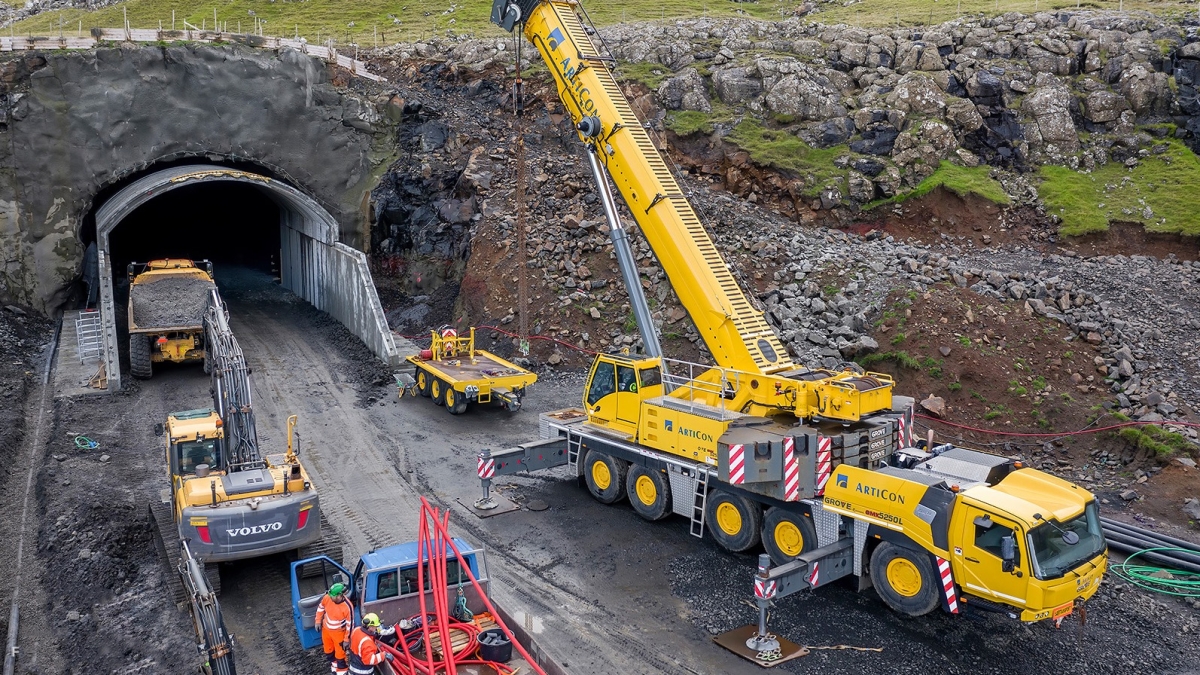General government expenditures
04. Oct 2023
Public spending is rising

After a year with declining public spending, the figure increased by 2.7% year-on-year in 2022. Total public spending in 2022 amounted to just over DKK 12 billion, an increase of DKK 300 million on 2021.
[px-graph-1]
Government spending is divided into 10 main categories, or ‘functional groups’. The largest of these is ‘social protection’, which includes spending on ‘old age’, ‘family and children’, ‘sickness and disability’ and ‘unemployment’. Expenditures in this functional group amounted to just over DKK 4.3 billion in 2022. The second-highest spending was on ‘economic affairs’ (just over DKK 2 billion), of which ‘transport’ accounted for a significant 70% share.
[px-graph-2]
The two functional groups where public spending dropped in 2022 were ‘health’ and ‘public order and safety’, decreasing by DKK 106 million and DKK 26 million, respectively, compared to 2021.
Infrastructure prioritised during periods of economic growth
The ‘transport’ subcategory of ‘economic affairs’ has high priority in the Faroes compared to other Nordic countries. Expenditures on transport accounted for between 6% and 14% of the total public spending in the 1998-2022 period. Most of the public spending on transport goes to the development and maintenance of the transport infrastructure, which includes roads, tunnels, ports and vessels. This subcategory also includes local transport and helicopter services. ‘Transport’ had lower spending priority in the late ‘90s and in the years following the global financial crisis in 2007-2008.
[px-graph-3]
Subsea tunnels vs land tunnels
When spending on subsea tunnels decreases, spending on roads and land tunnels increases. It appears that major spending on roads and land tunnels has been put on hold during periods with high spending on subsea tunnels. Public spending on roads, tunnels, ports and vessels increased by almost DKK 250 million from 2021 to 2022.
[px-graph-4]
About public spending
Faroese public expenditures are compiled in accordance with the COFOG (Classification of the Functions of Government), an international classification of public expenditures by industry and sector. This makes the data comparable with data from other countries.